This article is brought to you by Datawrapper, a data visualization tool for creating charts, maps, and tables. Learn more.
Data Vis Dispatch, December 12
The best of last week’s big and small data visualizations
Welcome back to the 122nd edition of Data Vis Dispatch! Every week, we’ll be publishing a collection of the best small and large data visualizations we find, especially from news organizations — to celebrate data journalism, data visualization, simple charts, elaborate maps, and their creators.
Recurring topics this week include climate, transportation, and local inequalities.
Let’s start this week with two very creative historical visualizations:

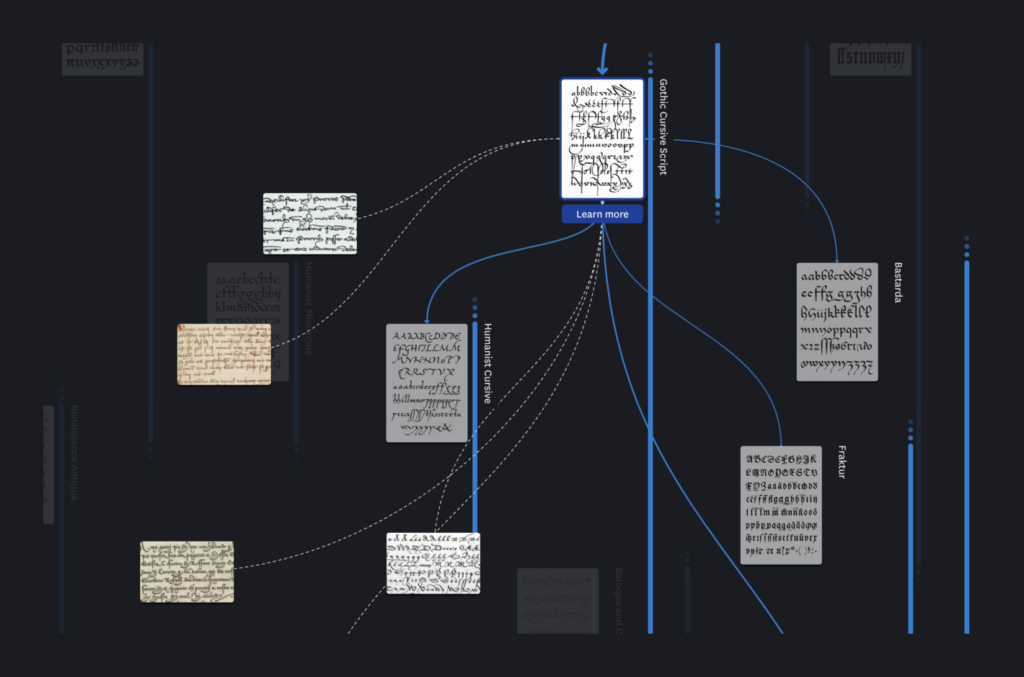
Almost two months have passed since Hamas attacked Israel. These maps of the ongoing war between them cover Iran’s involvement, the humanitarian crisis throughout Gaza, and the resulting flight towards Rafah:
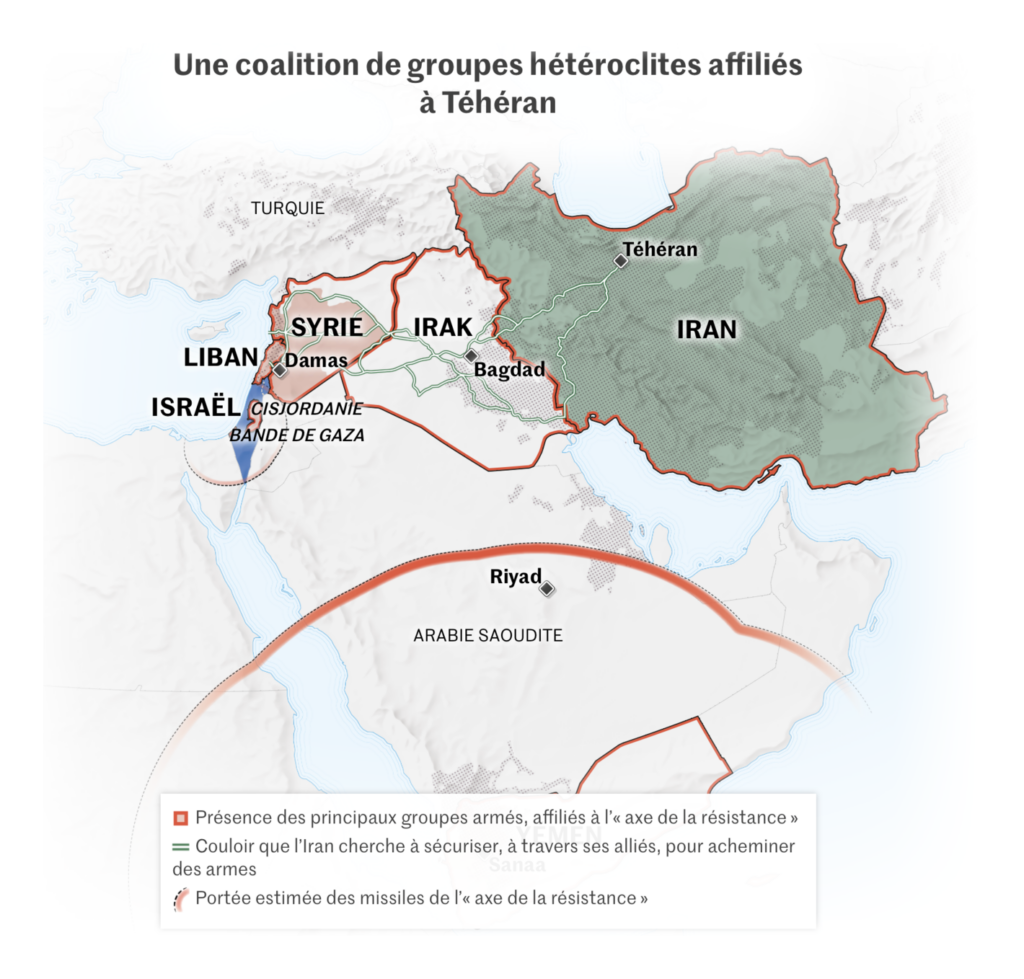
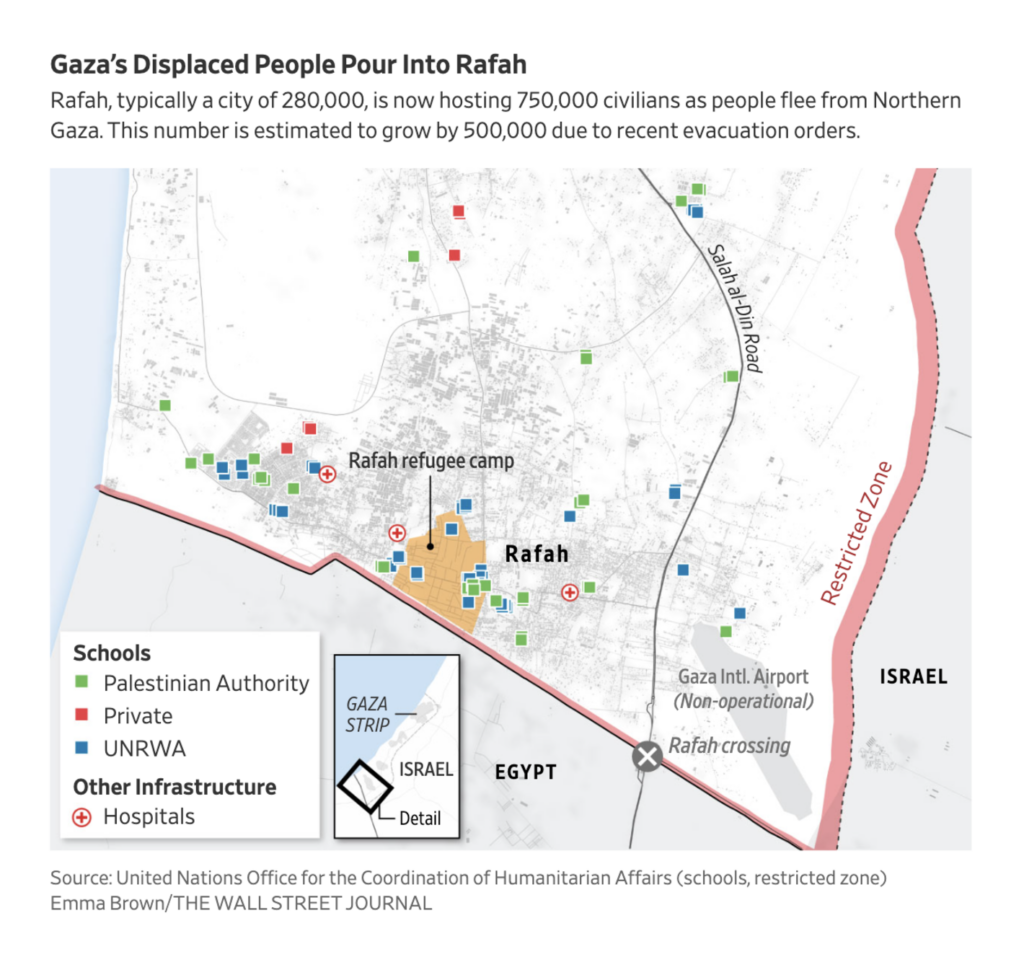
The Ukrainian-Russian war also continues with no end in sight — but aid for Ukraine from around the world may not:

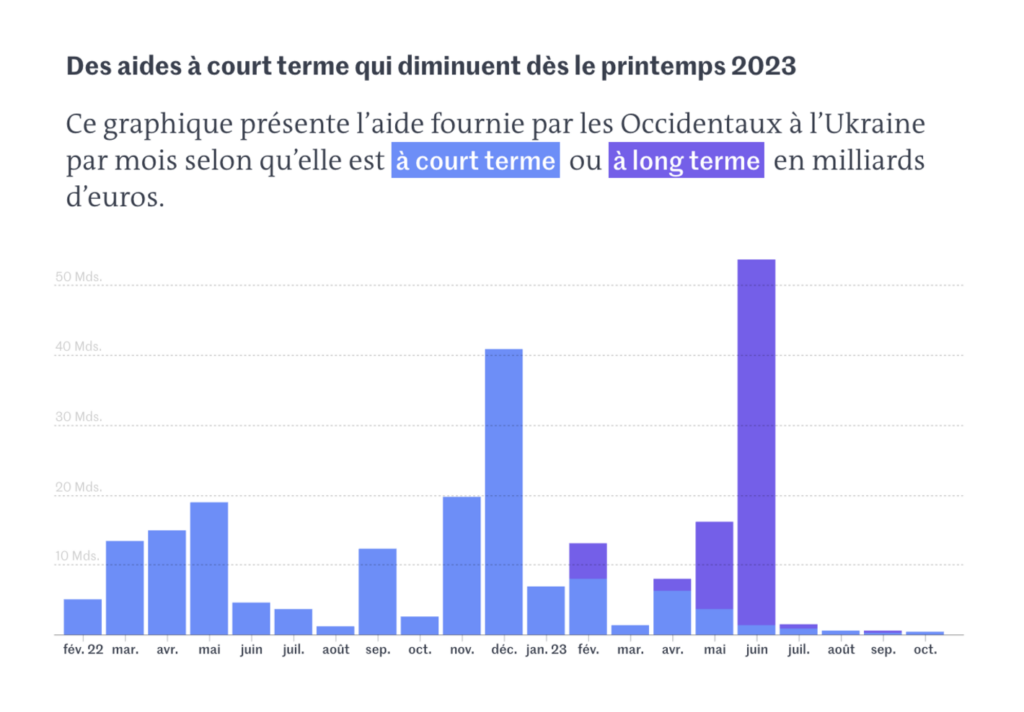
The United Nations Climate Change Conference (COP28) ends today. It was accompanied by dozens of climate visualizations, so prepare for a long list. Among them, one prominent topic: emissions:
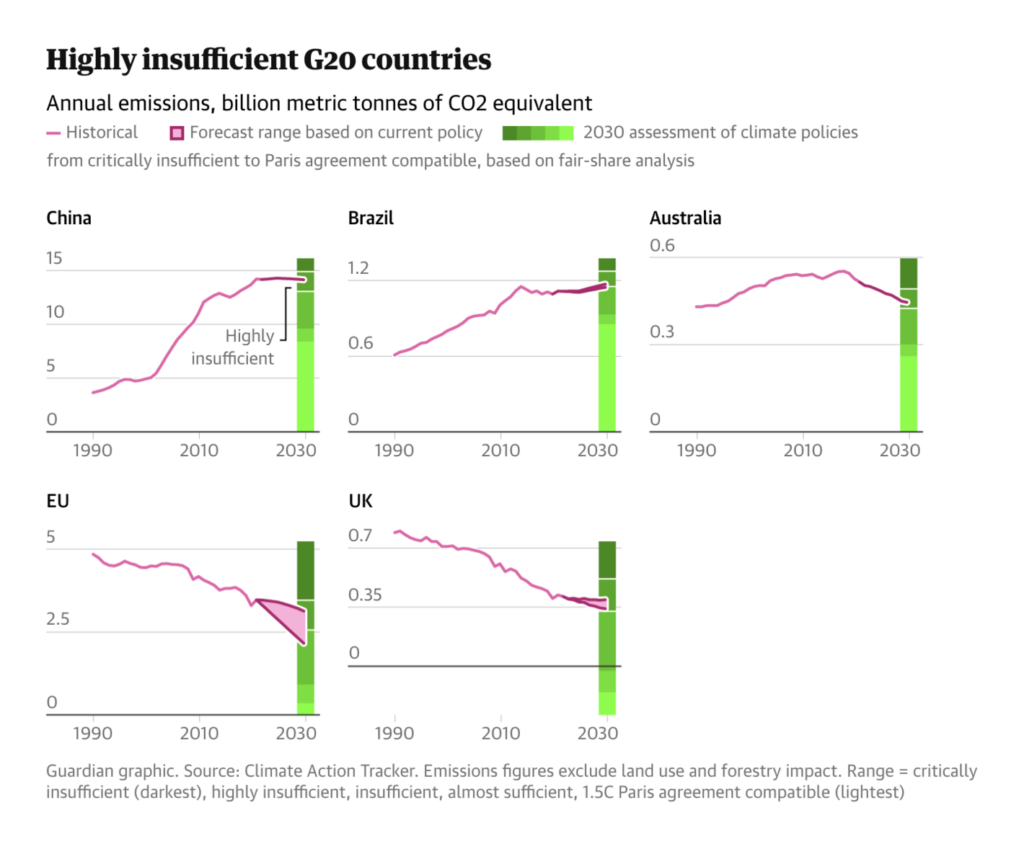
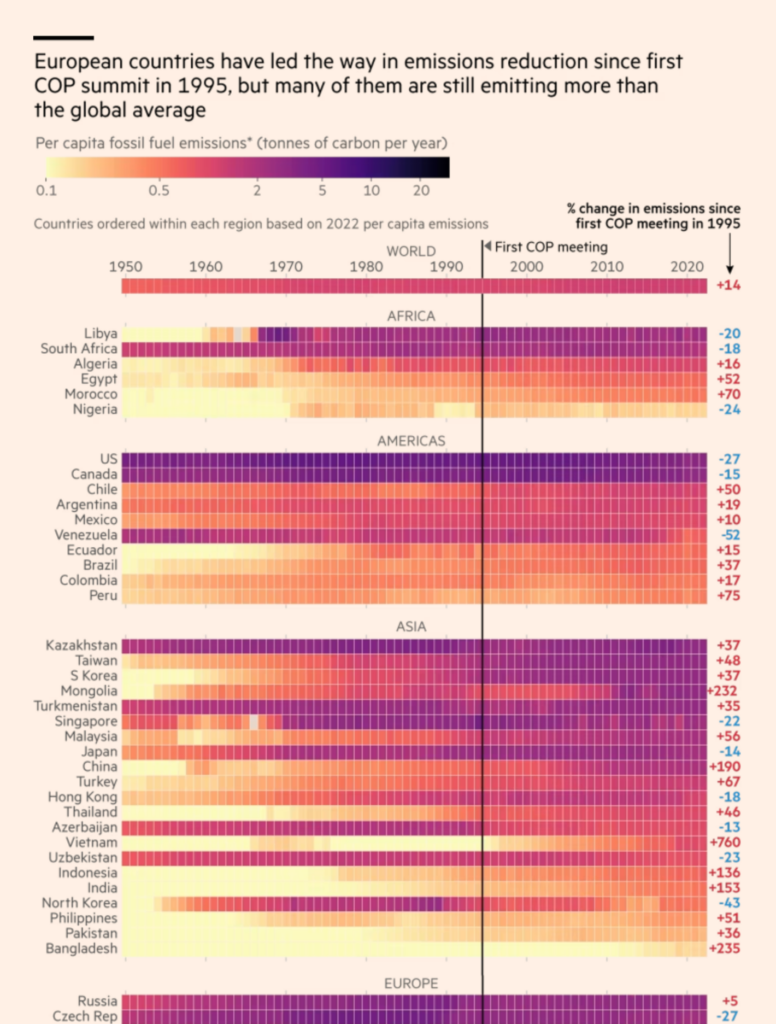


But climate optimism is not dead, as renewable energy sources are growing rapidly:

Further visualizations about climate and energy popped up:
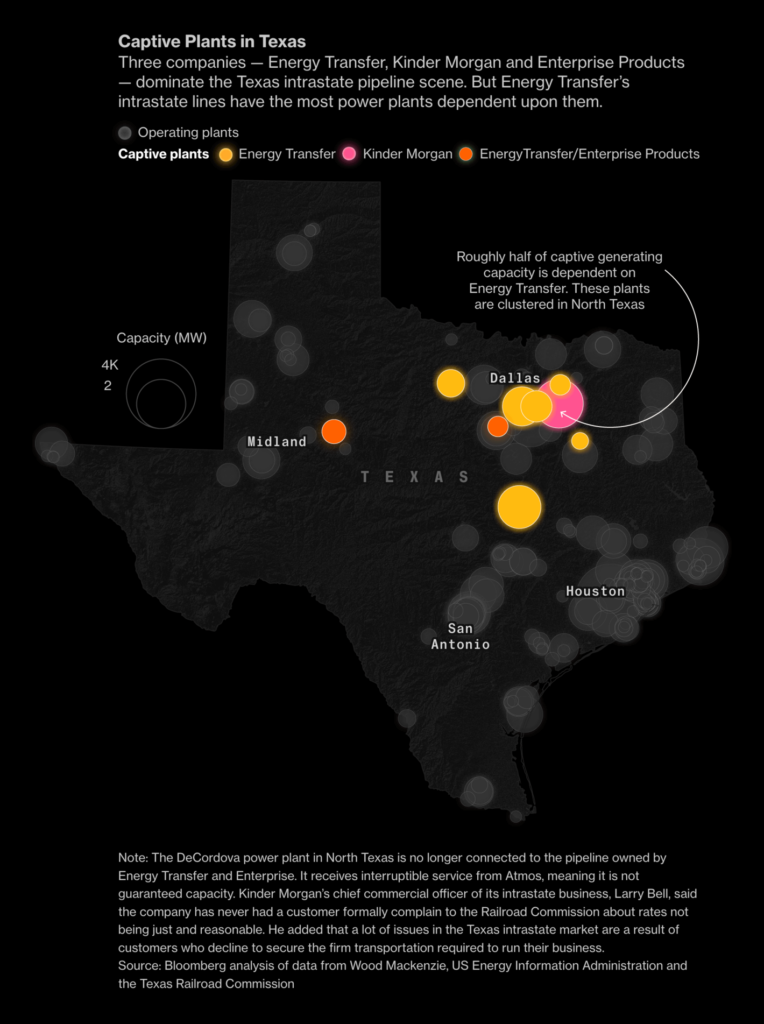
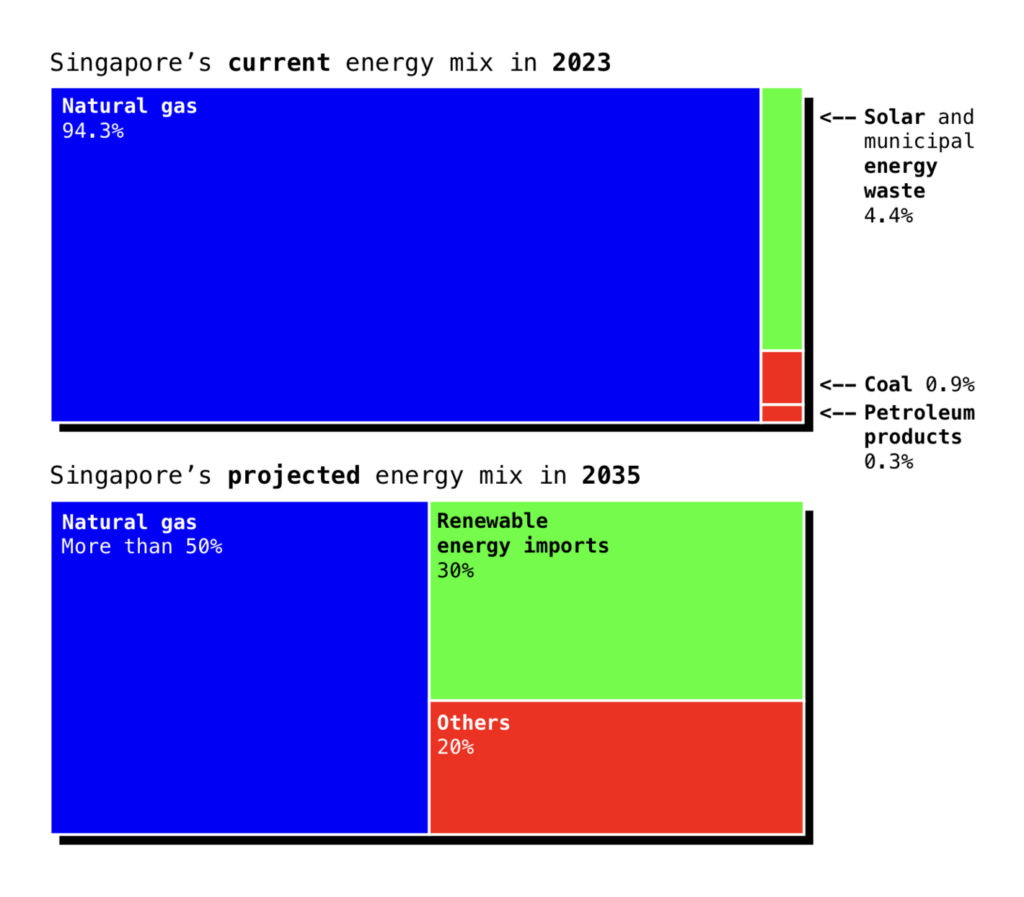
Last up from the climate cluster — some visualizations that dive deep into the measurement of climate problems and solutions:
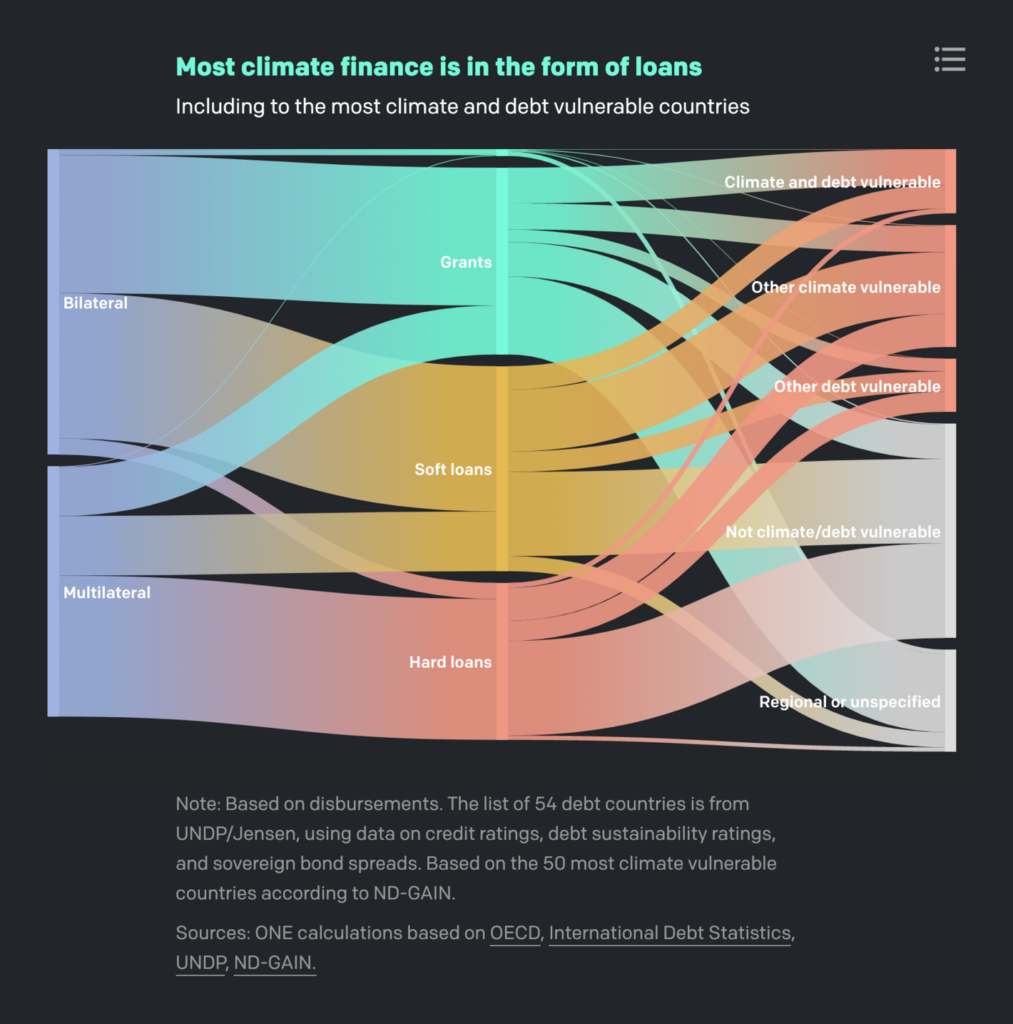
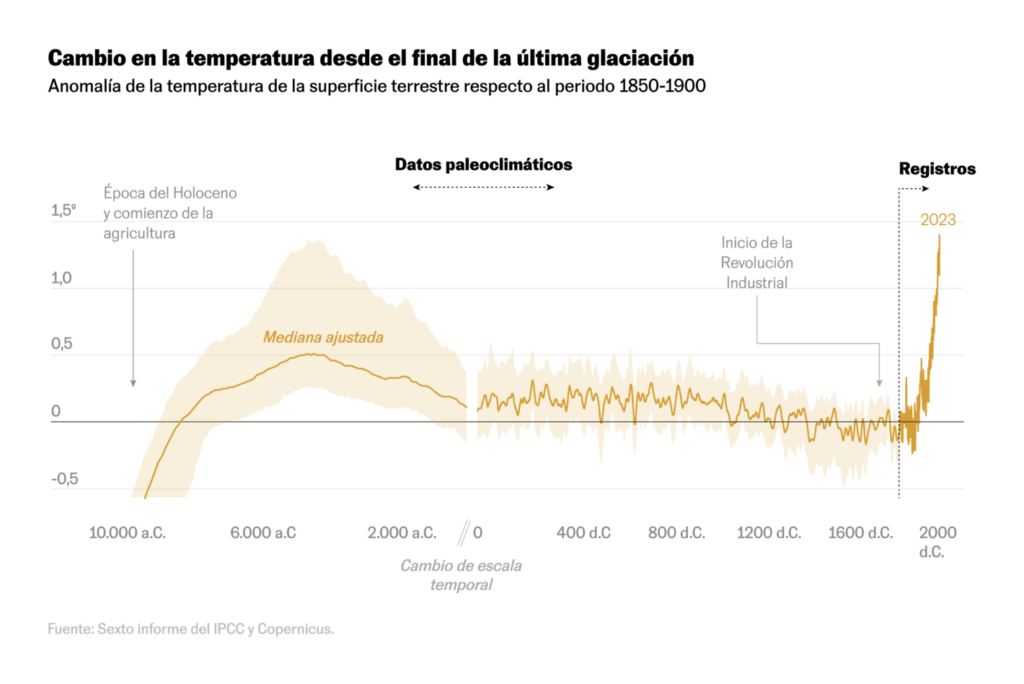
Hong Kong’s District Council elections dominated political visualizations. Voter turnout dropped from 71% to a stunning 27.5%:

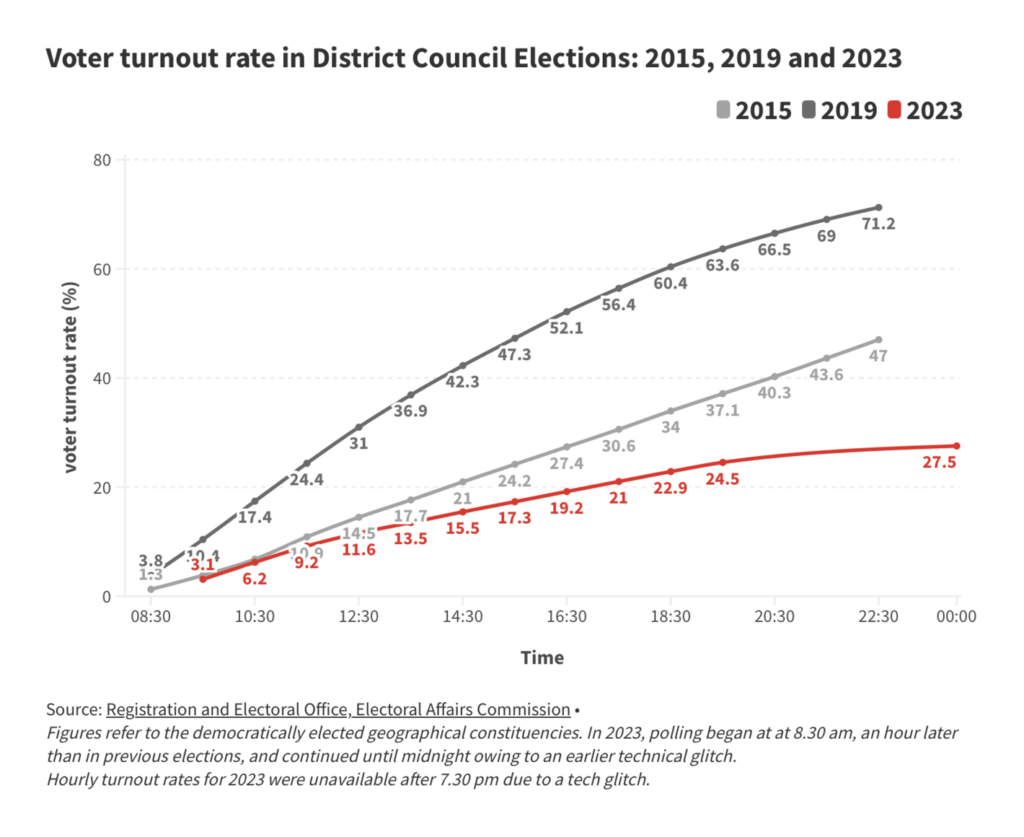
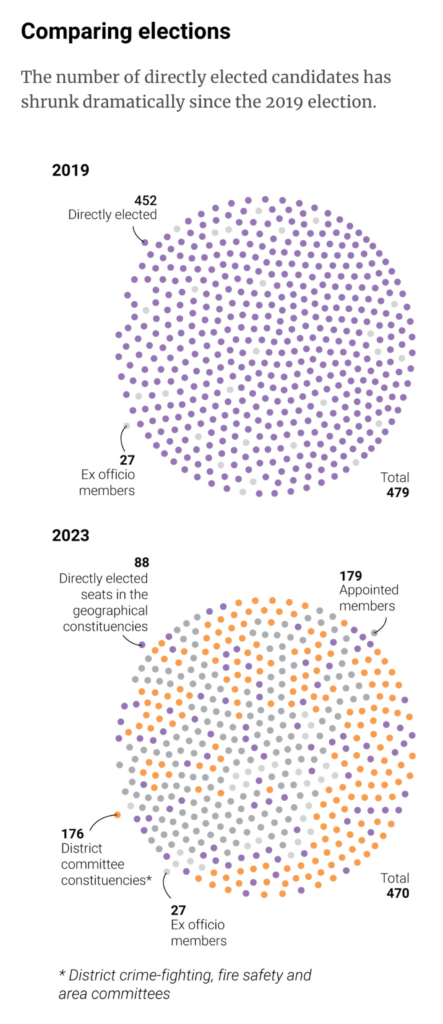
Have you ever walked through different neighborhoods and noticed how the cityscape and lifestyle changes enormously from street to street? That’s not uncommon, as these visualizations show:
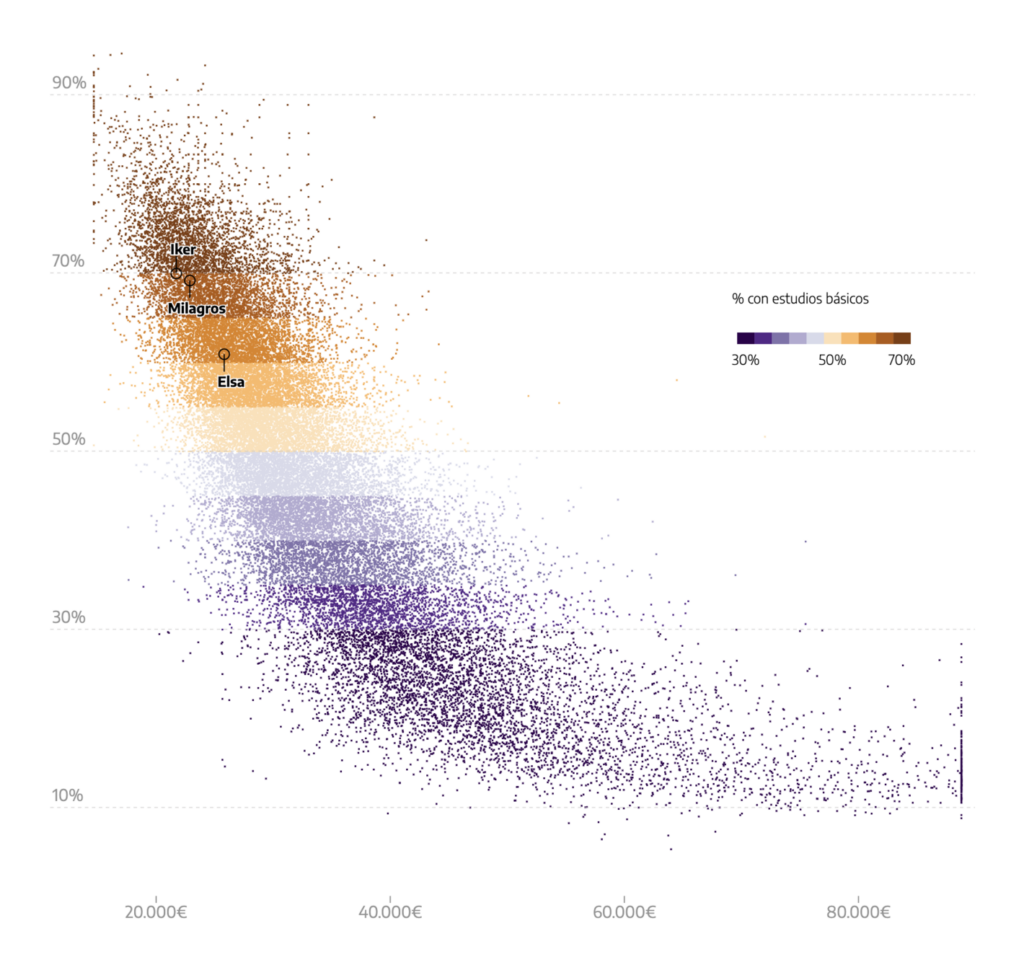
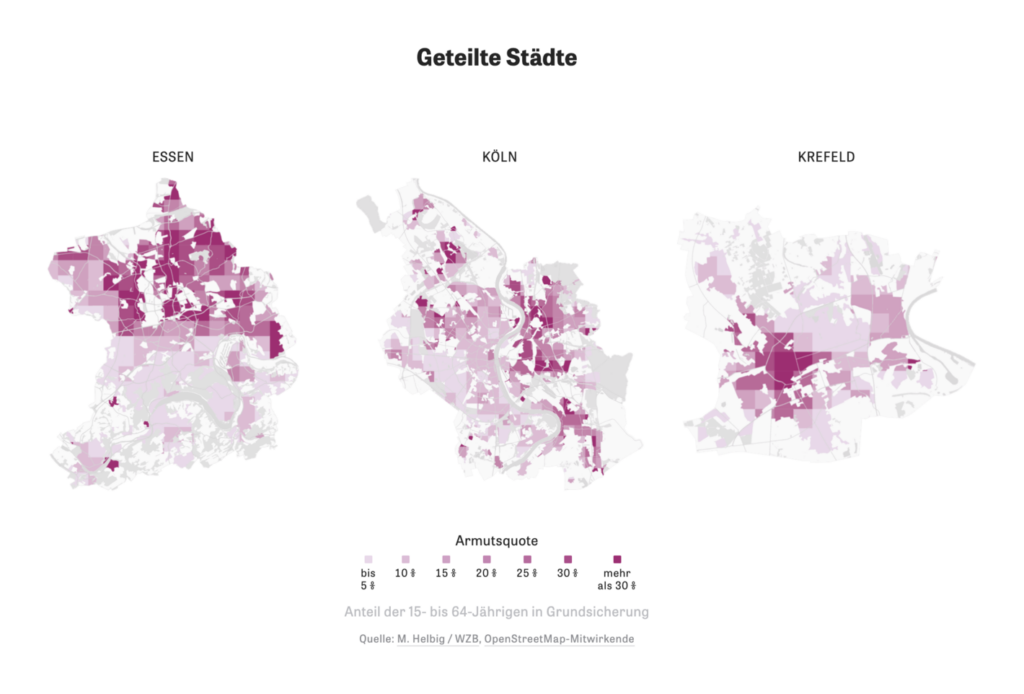
From planes to trains to boats:
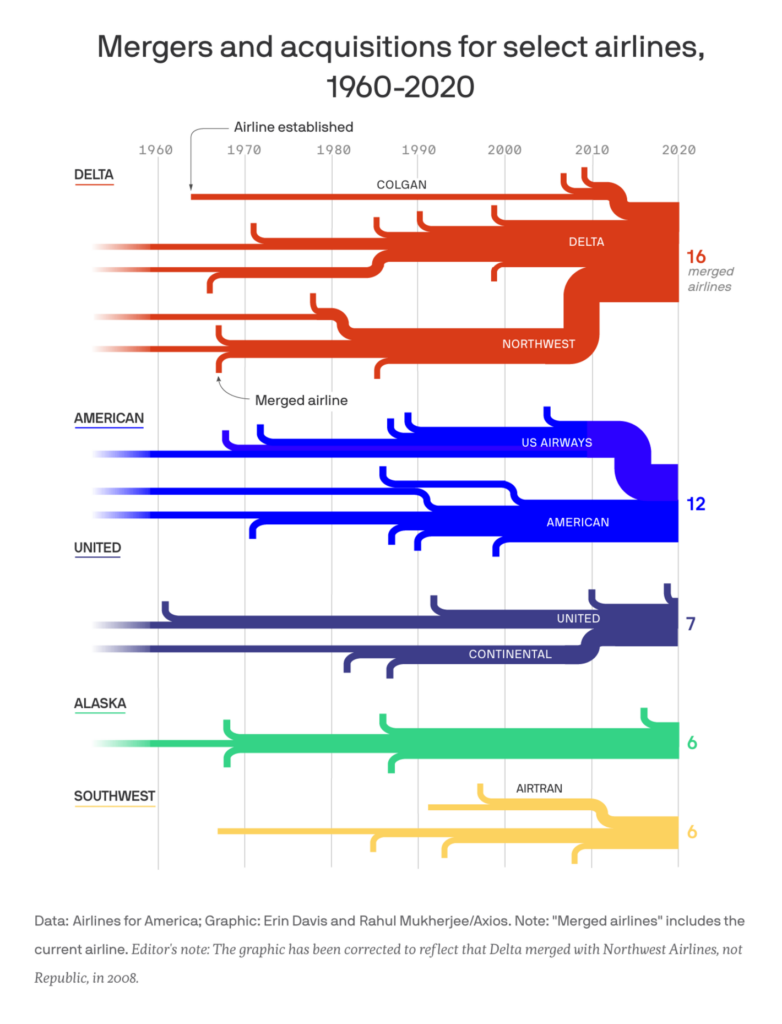
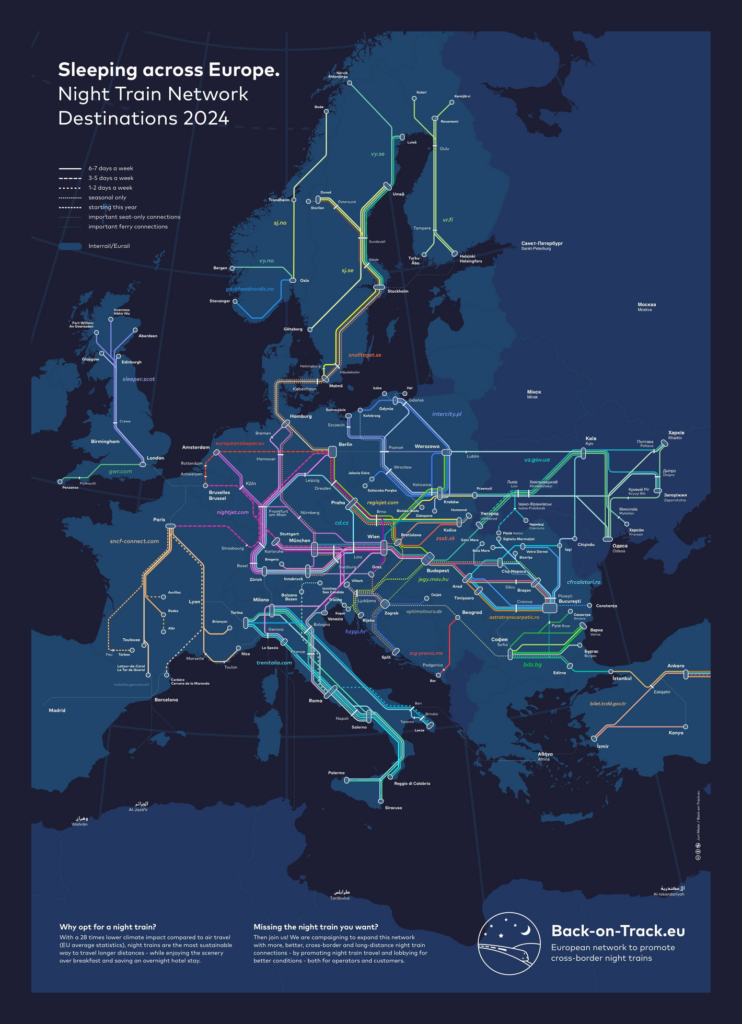
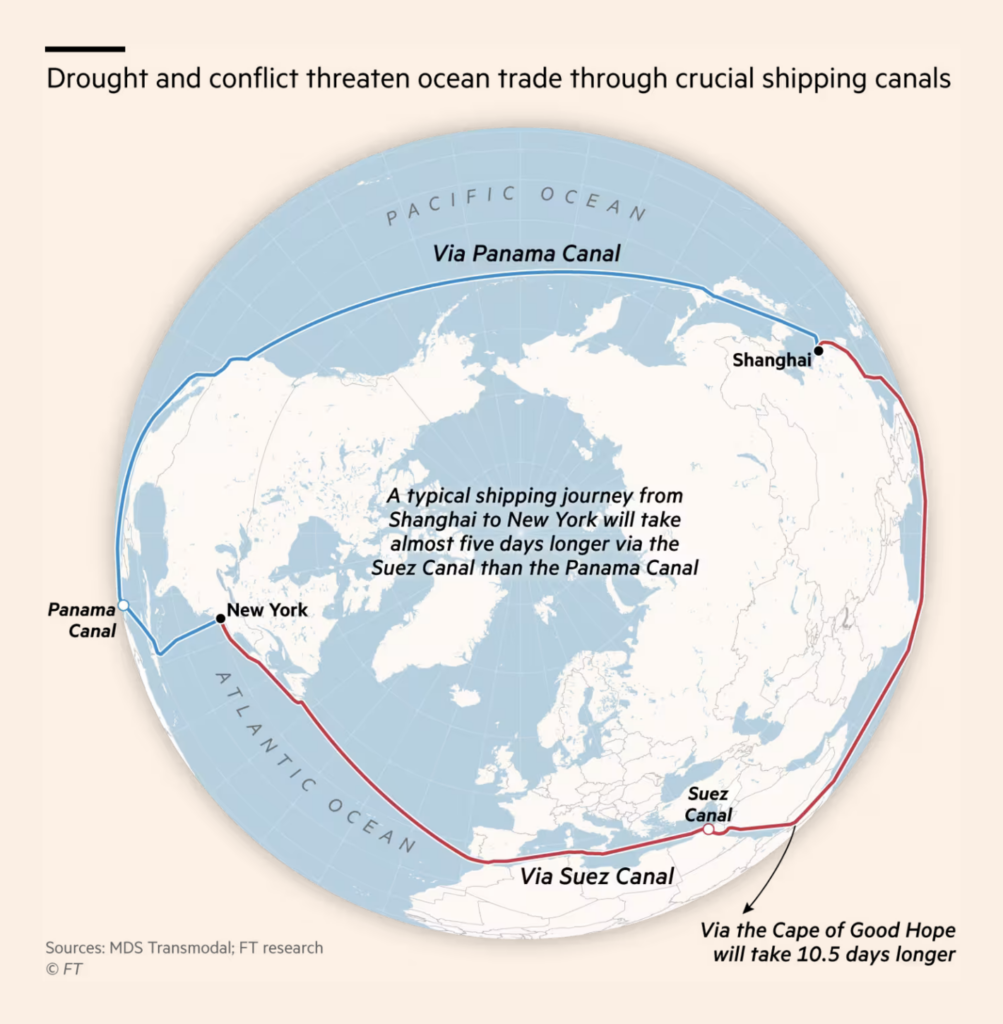
In the health sector this week, we found numbers on overdoses and life expectancy:
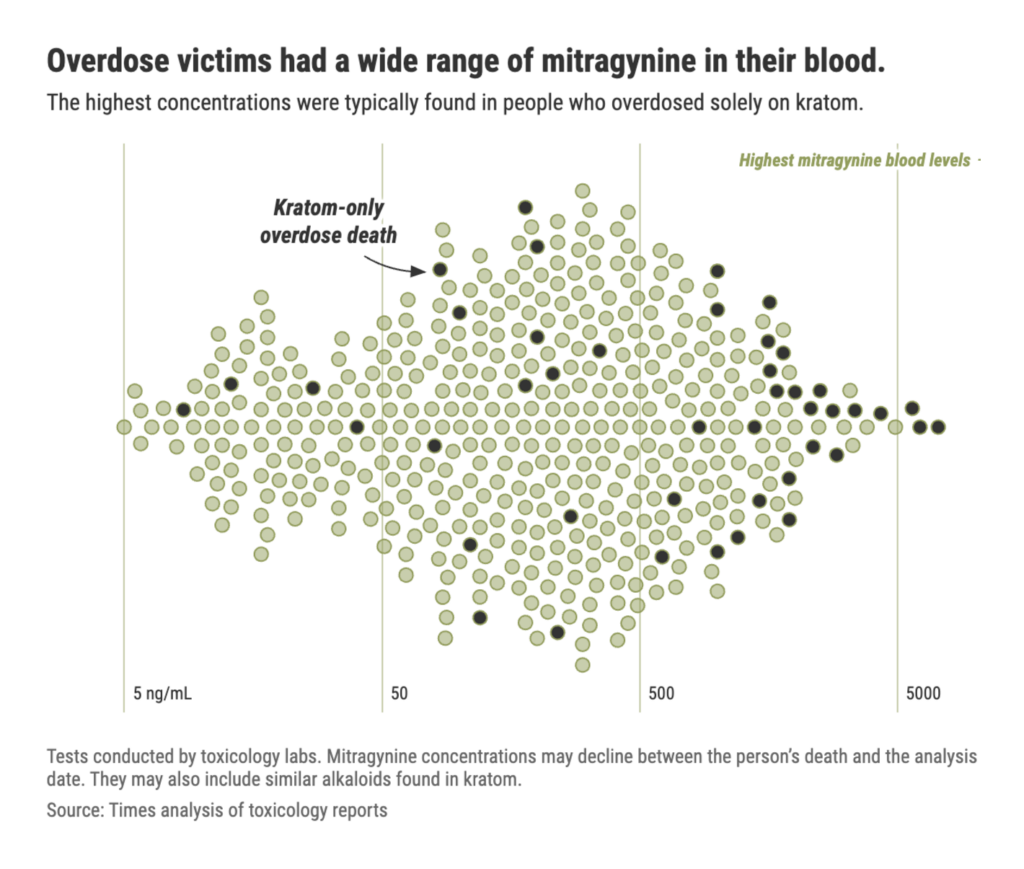
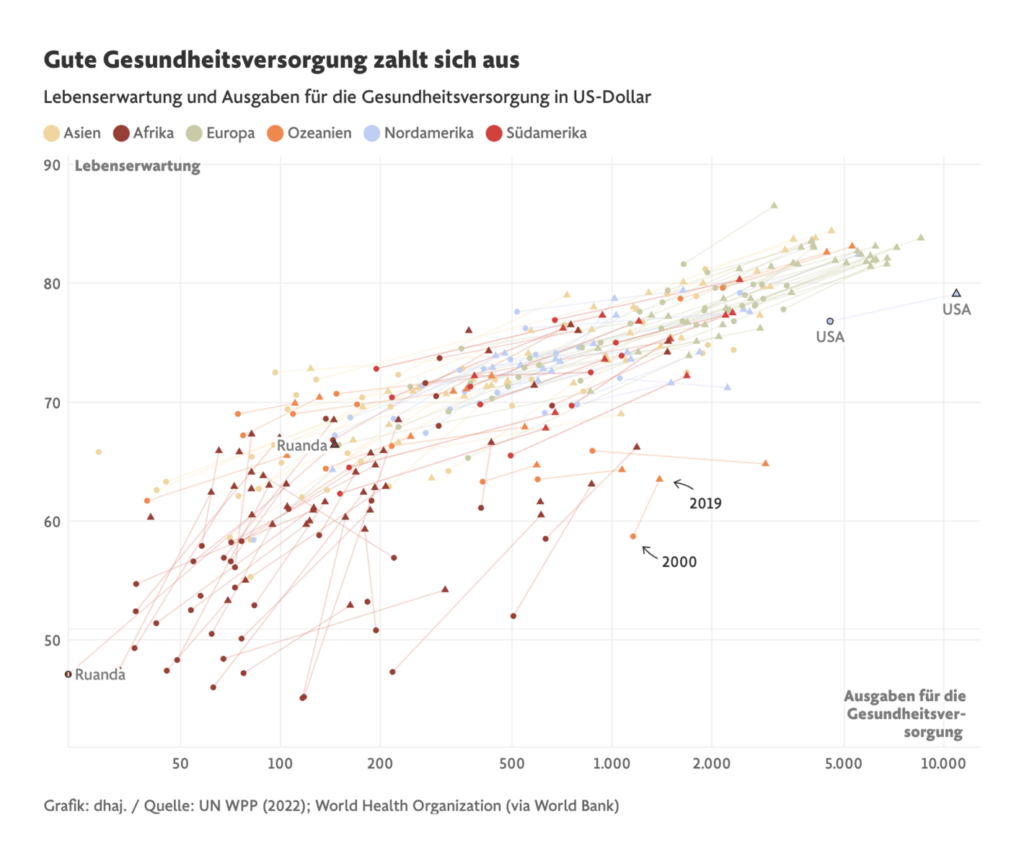
This week’s miscellaneous section posed a lot of questions: Why am I sad when a new iPhone is released? Why can people from Singapore read better than Europeans? What is the best number to pick for the Spanish Christmas lottery? How often has Silent Night been covered? The last one we can answer: 3,700 times.
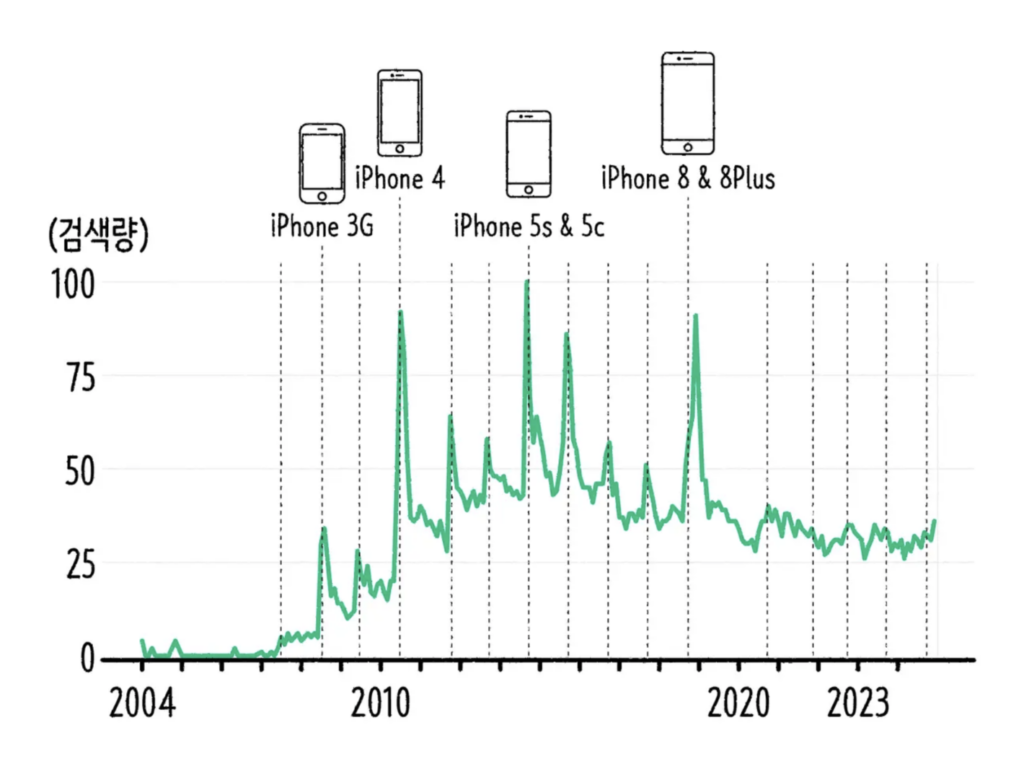


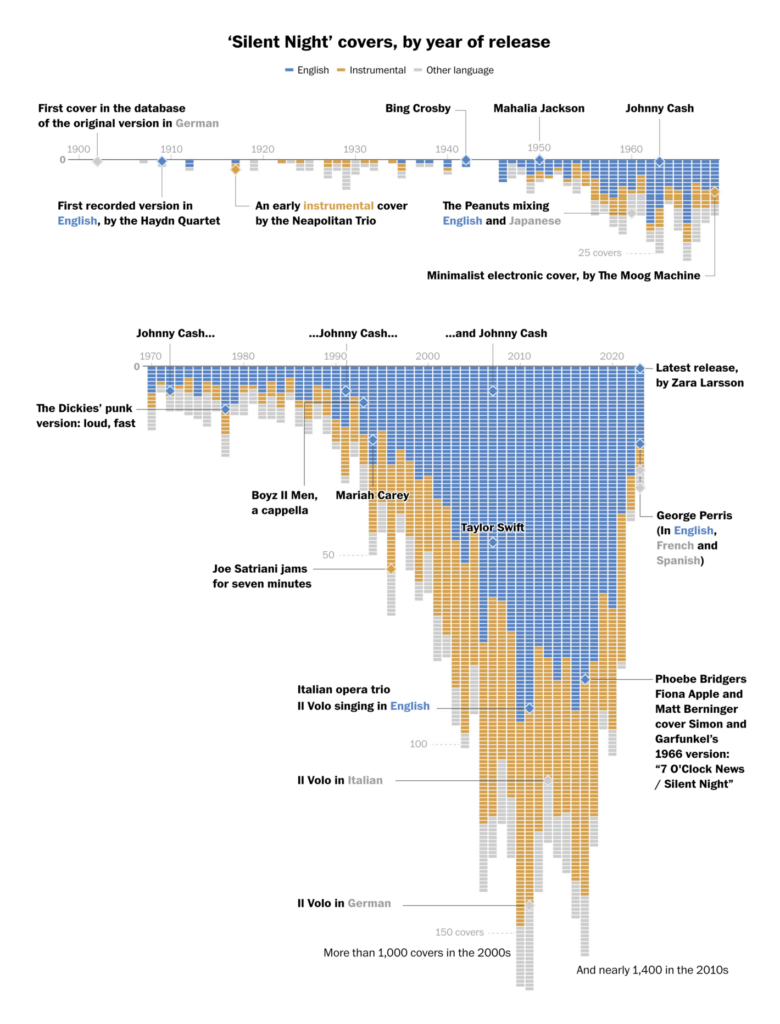
What else we found interesting

Applications are open for…
- A research and logistics support consultant for the Asia Investigative Reporting Network
Help us make this dispatch better! We’d love to hear which newsletters, blogs, or social media accounts we need to follow to learn about interesting projects, especially from less-covered parts of the world (Asia, South America, Africa). Write us at hello@datawrapper.de or leave a comment below.
Want the Dispatch in your inbox every Tuesday? Sign up for our Blog Update newsletter!




Comments